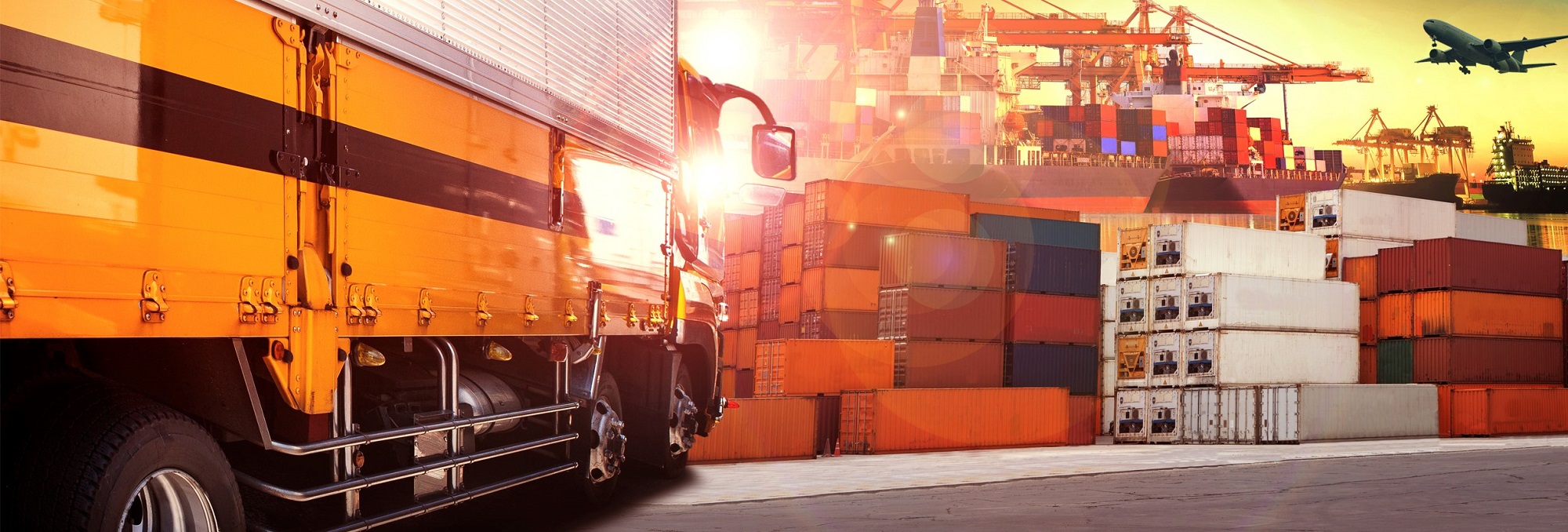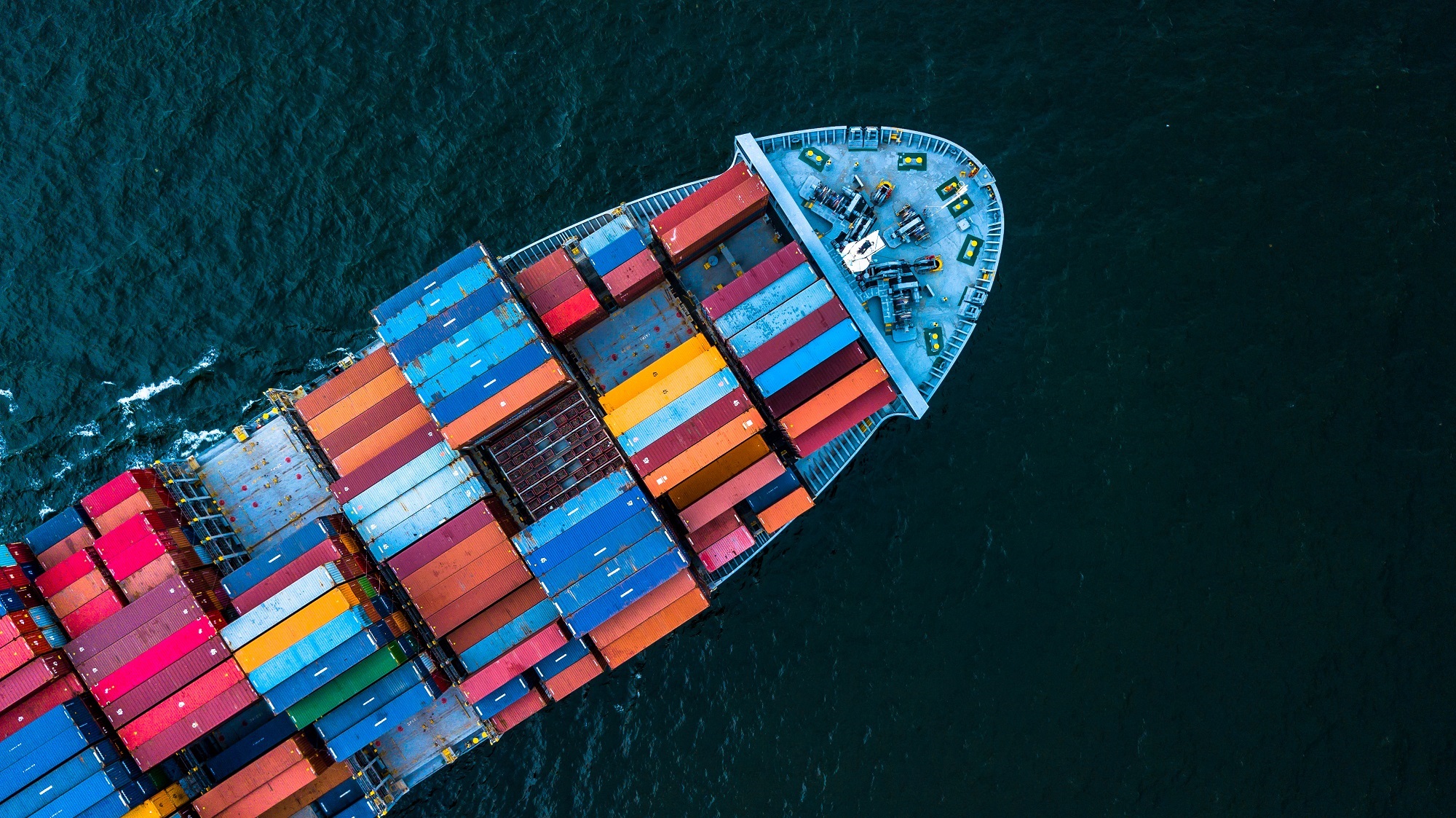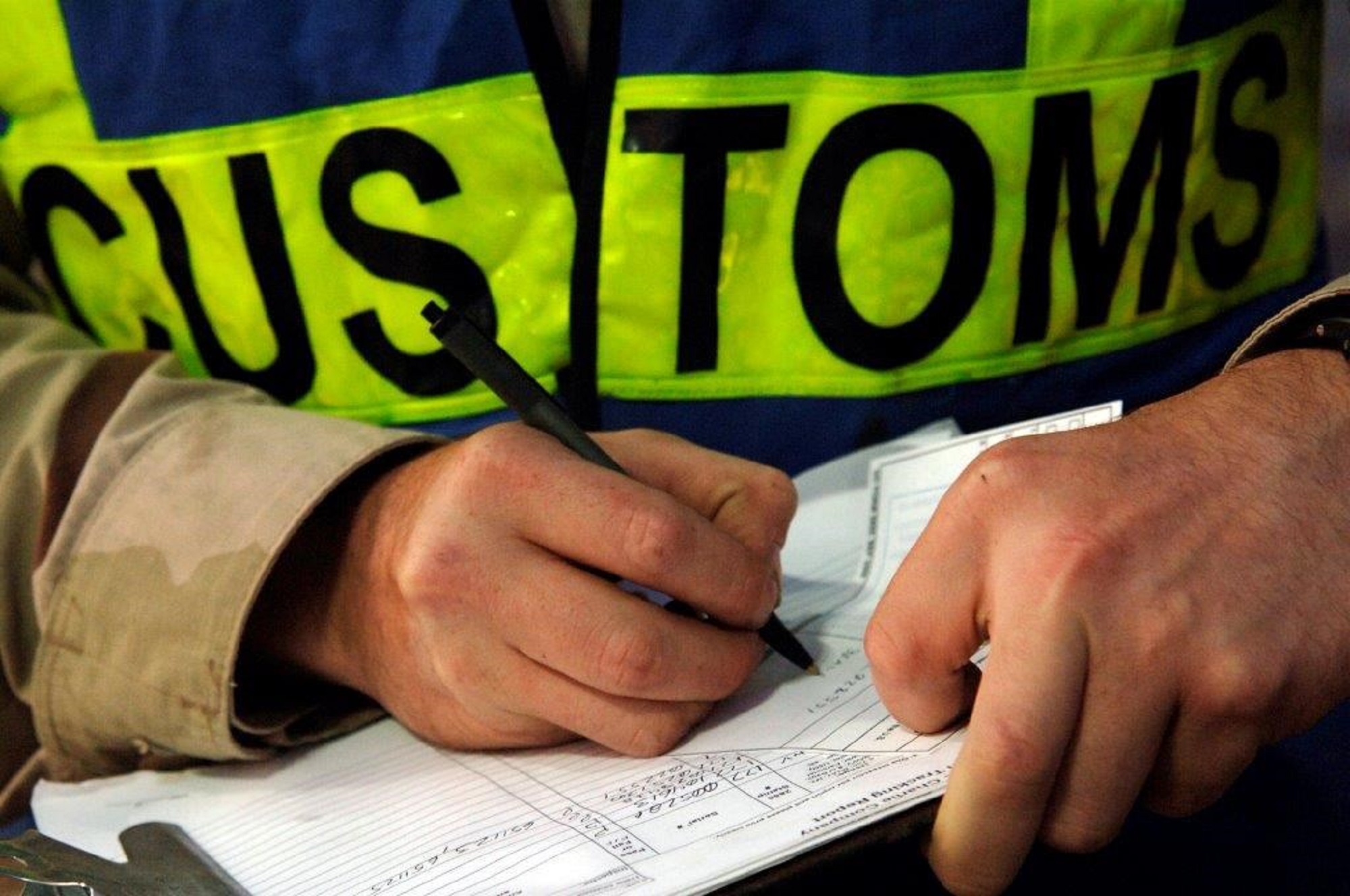Customs Procedure 42 is a regime used by an importer to obtain a VAT exemption for imports when the imported goods will be subsequently transported to another EU Member State. The VAT is due in the EU Member State of destination. On March 22, 2018 AG-Mengozzi (AG) of the Court of Justice of the EU (ECJ) gave his opinion in the case "Enteco Baltic" regarding the application of this procedure.
Enteco Baltic was established and registered for VAT in Lithuania, and traded in fuel. Enteco Baltic imported fuel from Belarus into Lithuania and applied the import VAT exemption for onward supply to customers established in other EU member states. The VAT numbers of the customers were included in Enteco Baltic's import declarations. The goods were destined to be transported at ex-works conditions to customers established in Poland, Slovakia and Hungary. For the transport of the fuel, electronic transport documents for goods subject to excise duties and CMR consignment notes were provided. After the supply of the goods to the receiving tax warehouses, Enteco Baltic received an e-ROR confirmation of supply and closure of the electronic transport document.
An investigation conducted by the customs authorities of Lithuania showed that Enteco Baltic sold goods to VAT-taxable companies other than those whose VAT numbers were specified in the import declarations, leading to the rejection of the VAT exemption.
In that regard, the conditions for applying that exemption seem to be substantive, meaning that when these are not met, the VAT exemption cannot be applied. However, the AG stated that the provision of the VAT number of the customer (in the import declarations) is only a formal condition. Recent ECJ case law indicates that if this formal condition cannot be met, this does not lead to the rejection of the VAT exemption, under the condition that the supplier is not involved in VAT fraud and all substantive conditions are met. The AG also concluded that an e-ROR declaration is not sufficient, as that document only confirms the actual transport of excise goods. However, a CMR or an e-AD document should be sufficient in order to prove that, at the time of import, the goods are destined for a subsequent intra-Community supply of goods.
We expect the ECJ to follow the recommendation of the AG regarding the difference between the substantive and formal conditions in this specific case. However, as also stressed by the European Court of Auditors (ECA) in a report published end of 2017, the application of Customs Procedure 42 itself continues to be very problematic. For example, there is still a lack of systematic checking by customs authorities of the VAT number in VIES, as well as the transmission of data (regarding the import transactions) to the national tax authorities.
It appears that fraudsters exploit these shortcomings on a large scale by using the so-called ‘import-point shopping’ structure. This is a supply chain model where mostly undervalued goods enter the EU in Member State 1, then are moved ‘in transit’ to EU Member State 2 and cleared under Customs Procedure 42, followed by transport to their destination in EU Member State 3. The actual fraud is based on the fact that the VAT is not paid in EU Member State 3 and the import shipments are undervalued and declared on the basis of fake invoices.
When the import is carried out under Customs Procedure 42, additional information on the actual transaction value should be requested from the customs authorities of the Member State of destination, because the final recipient of the goods may make a higher payment to the supplier than the invoice value provided to the customs authorities of EU Member State 2. If the ‘actual’ recipient of the goods is different than the customer whose VAT number is specified on the import declaration, as is the case in the Enteco Baltic supply, sharing this additional information could be unsuccessful.
A fast cross-border exchange of fraud risk-related information between customs and tax authorities would seem to be the solution, with the critical note that too much information is counterproductive.
In case you have any questions, or if you need any further information, please contact us.
This content was published more than six months ago. Because legislation and regulation is constantly evolving, we recommend that you contact your Baker Tilly consultant to find out whether this information is still current and has consequences (or offers opportunities) for your situation. Your consultant will be happy to discuss the latest state of affairs with you.



